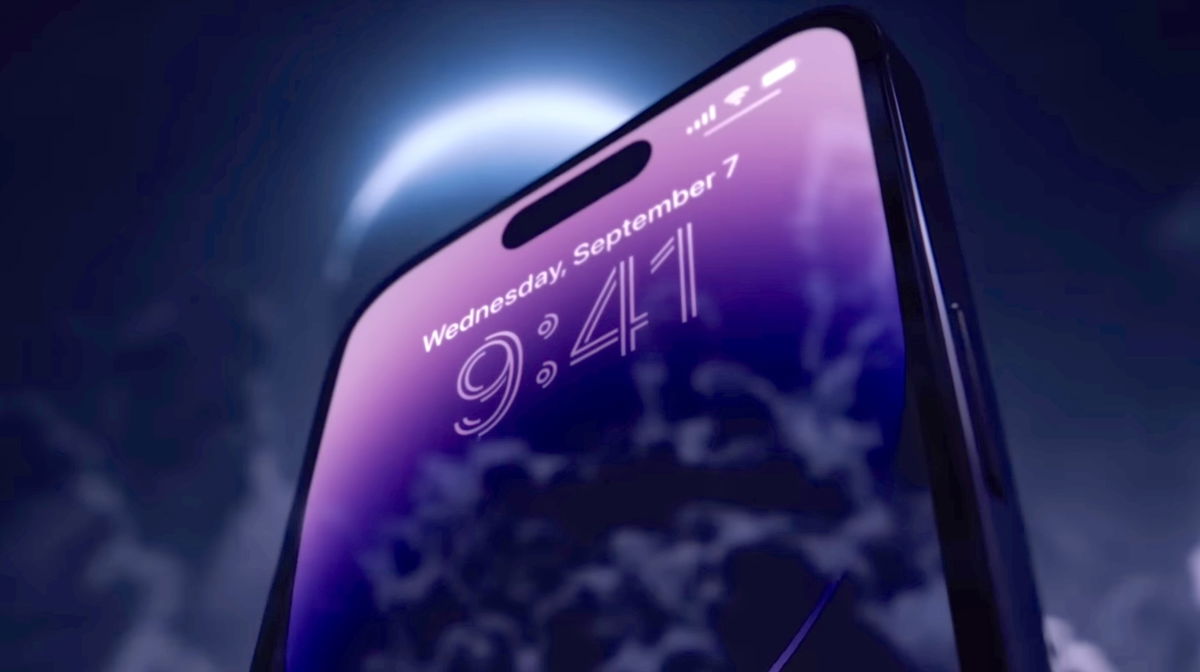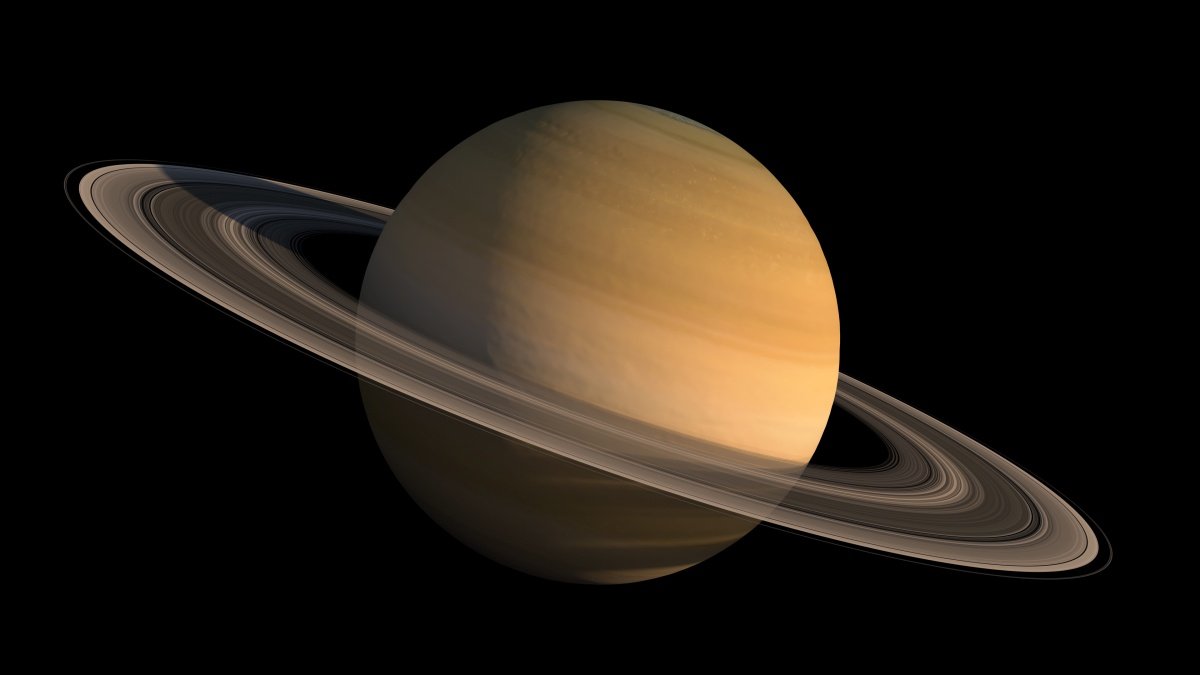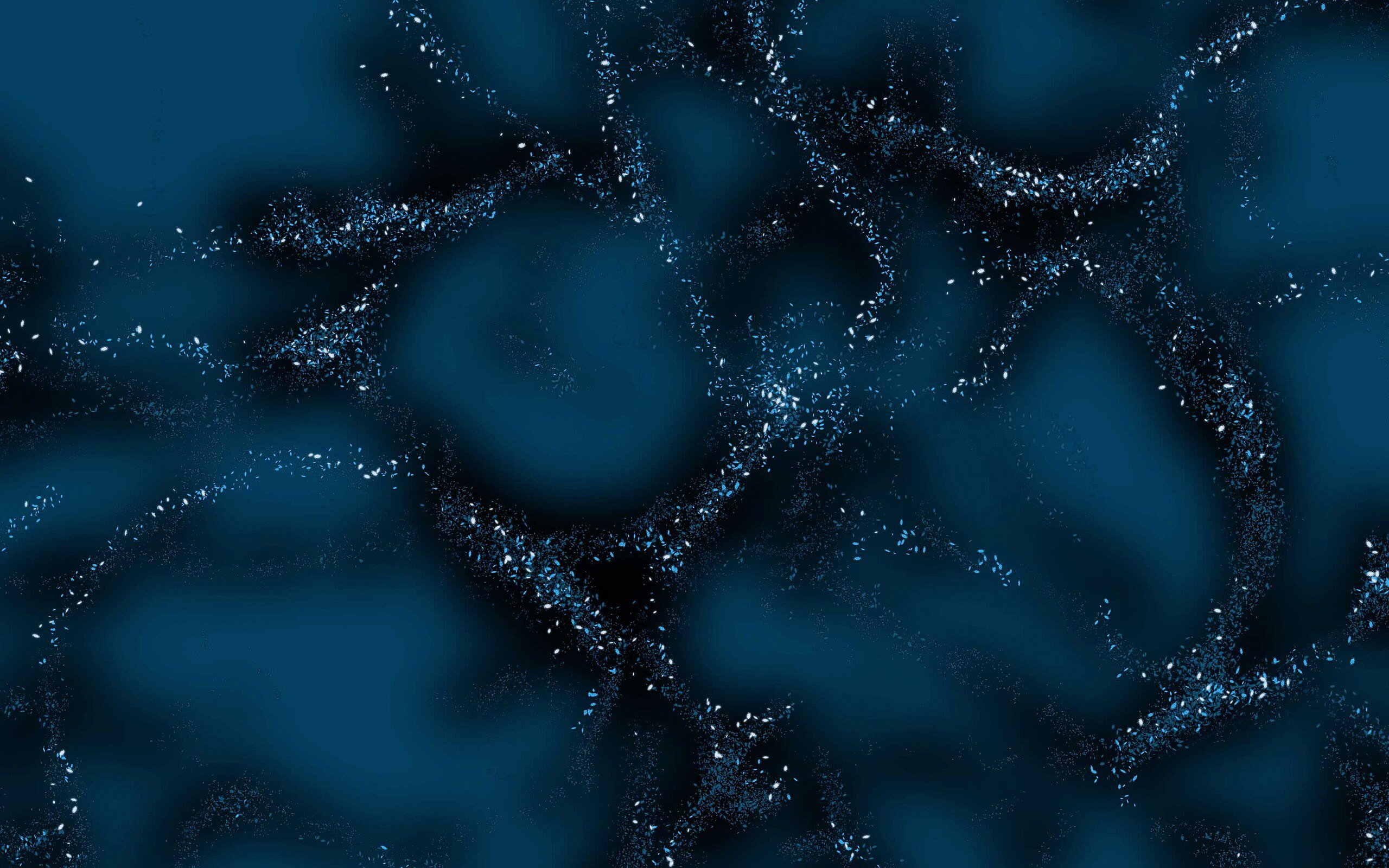Every week, TecMundo this #AstroMiniBR Bring together five interesting and fun astronomical curiosities produced by Twitter profile contributors to spread the knowledge of this oldest science!
#1: Candidate to find life beyond Earth
The search for life beyond Earth is still going strong!
Enceladus, already a great candidate, showed even more promise. They found the last element necessary for life, phosphorus! However, the moon has all 6 necessary elements ??#AstroMiniBR pic.twitter.com/wTH2pR4r3P
— Camila Esperança (@astronomacamila) September 21, 2022
All life forms on Earth contain six basic chemical elements in their composition: carbon, hydrogen, nitrogen, oxygen, phosphorus and sulfur. Therefore, the best parameter astronomers have for looking for signs of life outside of Earth is precisely to look for chemical signatures of the presence of these elements.
Saturn’s tiny icy moon Enceladus captured the imaginations of many scientists and astronomy enthusiasts around the world when they observed NASA’s Cassini spacecraft spraying meters of water into space. This water comes from a vast liquid ocean hidden under the moon’s fissured crust, which remains liquid due to the heating caused by friction between the moon’s interiors as it is pulled by Saturn’s gravity.
When Cassini flew through the clouds of Enceladus between 2008 and 2015, mass spectrometry, one of its instruments, found molecular hydrogen, carbon dioxide, methane, as well as various organic molecules (including 5 of these basic building blocks of life). rock fragments. This week, the results of a new analysis of icy rock grains in Saturn’s ring fed by ice clouds from Enceladus were published.
The results of this study revealed the presence of phosphorus, the only element necessary for life that has not yet been detected on the satellite. This result further stimulates the search for life on Saturn’s tiny moon and raises prospects for future space exploration in the field.
#2: Signs of Martian life?
SYMPTOMS OF LIFE ON MARS?
NASA announced its discovery of organic material this week as it explores what would become the delta of an ancient river on Mars with the Perseverance spacecraft. This could potentially be one of the best proofs of biosignatures on Mars!#AstroMiniBR pic.twitter.com/WW1eBdwLyB— Elismar Lösch ????????? (@LoschElismar) 17 September 2022
On the 15th, NASA announced that the Perseverance rover on the red planet’s surface has collected rocky core samples from an area considered by scientists to be one of the main sites for finding signs of microbial life on Mars.
The rover collected four samples from an ancient river delta in Jezero Crater and is currently investigating the delta’s sedimentary rocks, which were formed when particles of various sizes were deposited in the once watery environment.
Perseverance explored the crater floor, found igneous rocks formed from magma underground or during volcanic activity at the surface, and found promising rock fragments with various organic compounds that could be evidence of biological signatures.
#3: Gas bubble around a black hole
Astronomers have observed a bubble of hot gas surrounding the black hole at the center of our galaxy. They estimated that it takes 70 minutes to complete one revolution with an estimated speed of 30% of the speed of light.#AstroMiniBR pic.twitter.com/ebqbbOQWmC
— Mirian Castejon?? (@MirianCastejon) September 22, 2022
Rotation is a common and common occurrence in the universe: planets orbit stars, stars orbit stars, galaxies orbit galaxies… But it’s not every day that you spot a gas bubble orbiting a black hole.
The European Southern Observatory (ESO) reported this week that it has detected a “hot spot” orbiting Sagittarius A*, the black hole at the center of our galaxy. Using data observed by the Atacama Large Millimeter/submillimeter Array (ALMA) telescope, astronomers have discovered what appears to be a hot bubble of gas orbiting the central supermassive black hole, in an orbit similar to the planet Mercury, but in a full orbit. loop in just about 70 minutes. For this, the estimated speed of this balloon would be very high, about 30% of the speed of light! If proven, this detection will shed new light on the enigmatic and dynamic environment of the central region of the Milky Way.
#4: The other side of the moon seen from space
The DSCOVR mission “close” to the Sun captured this sensational moment: the transit of the Moon in relation to our planet ?????????
The highlight is for something we don’t see from the Earth’s surface, from the other side of the Moon!{c} EPIC/DSCOVR (@nasasun/@NOAAUsatellites)#AstroMiniBR pic.twitter.com/tDynWJa22r
— yanna martins franco (@martins_yanna) September 20, 2022
The above recording was made by the DSCOVR probe (Deep Space Climate Observatory), a NASA artificial satellite for Earth observation and space weather. Launched into space in 2015, the probe is located at a point in Earth-Sun orbit called the Lagrange-1 (L-1) point, which gives its instruments a unique angular perspective used in scientific applications for ozone measurement. , aerosols, cloud reflection, cloud height, vegetation features, and predictions of ultraviolet radiation at the Earth’s surface.
The video shows the Moon’s transit in its orbit around Earth, the hidden side that cannot be seen from here.
#5: Two views of the Horsehead Nebula
Horsehead Nebula in Optics? // ?? in infrared.
What is hidden in optics is revealed in infrared.
Using different “glasses”, different telescopes can access different components of the Universe. #AstroMiniBR (c) ESO // NASA/ESA pic.twitter.com/sZtYEe4LGz
— Ana Carolina Posses (@astroposses) September 22, 2022
The above images present one of the most spectacular and famous astronomical objects. The Horsehead Nebula is a magnificent interstellar dust cloud shaped and recognizably shaped by stellar winds and radiation.
It is embedded in the vast and complex Orion Nebula (M42) and is presented in two different views observed by the same instrument: the Hubble Space Telescope. Located about 1,500 light-years from us, this dark molecular cloud is officially cataloged as Barnard 33 and is seen above mainly as it is illuminated by the nearby massive star Sigma Orionis.
The Horsehead Nebula will gradually change its apparent shape over the next few million years and will eventually be destroyed by high-energy starlight.
Source: Tec Mundo
I am Bret Jackson, a professional journalist and author for Gadget Onus, where I specialize in writing about the gaming industry. With over 6 years of experience in my field, I have built up an extensive portfolio that ranges from reviews to interviews with top figures within the industry. My work has been featured on various news sites, providing readers with insightful analysis regarding the current state of gaming culture.












